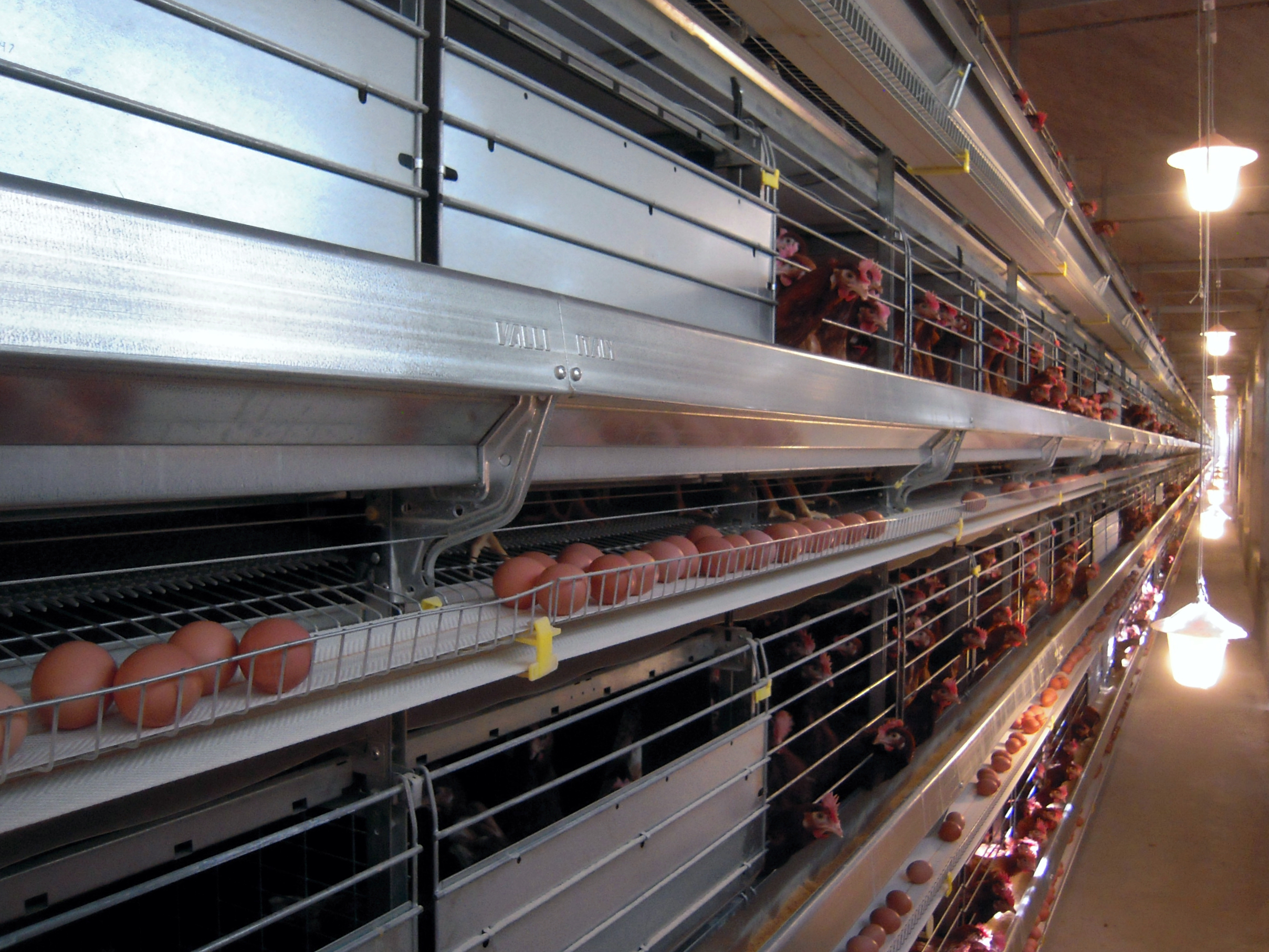
Why choose between enriched cages, aviaries, or group nests in 2025?
Did you know that in 2024, only 43% of laying hens in Canada were still in conventional cages, compared to 37% in enriched cages and nearly 20% in alternative systems (aviary, free-range, organic)? [Statistics Canada, 2024; Egg Farmers of Canada]. This transition reflects a major shift in the poultry sector: the future no longer lies in a single model, but in a range of solutions tailored to different producer profiles.
A producer who modernizes their chicken coop today is not simply seeking to comply. They are seeking to meet a dual challenge: maintaining profitability and meeting animal welfare expectations. However, every farm is different—density, labor, budget, target market. That's why no single solution can suit everyone.
Enriched cages are the logical next step for many. They retain the simplicity of conventional cages, but add space, nests, and perches. The result is a compromise that reduces stress on the birds, improves their health, and allows for a smoother transition, especially for farms that have to meet progressive commitments. Producers appreciate their robustness and the fact that they require less daily monitoring than an open system.
Aviaries, on the other hand, respond to a different reality: offering chickens greater freedom of movement. In these systems, birds can fly, scratch, and move between levels. Consumers value this approach, and more and more retail chains are demanding it. But this choice is not without consequences: it requires a more highly trained workforce, rigorous ventilation management, and more difficult hygiene maintenance. For producers willing to invest time and management resources, aviaries open the door to new markets.
Finally, collective nests have their place in floor and free-range systems. They allow hens to lay in a sheltered space, reducing the number of eggs laid directly on the litter. This model is essential for farms that want to go organic or meet the expectations of the most demanding consumers. When well managed, these nests limit losses, improve egg hygiene, and lighten the daily workload.
Over the years, producers have reported a variety of experiences. One says he has increased productivity thanks to sturdy enriched cages, another explains how the aviary has opened the doors to a local market in demand for alternative eggs, and yet another points out that collective nests have simplified his transition to organic farming. These examples illustrate a simple reality: each tool has its uses, but it must be chosen according to the farm's vision.
The real question is not “what is the best solution,” but rather, “what solution is best for me, today and tomorrow?” In 2025, each model has its place. Enriched cages ensure regulatory compliance, aviaries focus on welfare and image, and nests are the foundation of alternative systems. Every producer can find an answer, provided they analyze their constraints, resources, and market objectives.
Sources:
- Statistics Canada – Poultry and Egg Statistics 2024
- Egg Farmers of Canada – Industry stats & housing systems
- Code of Practice for the Care and Handling of Laying Hens (2017)

